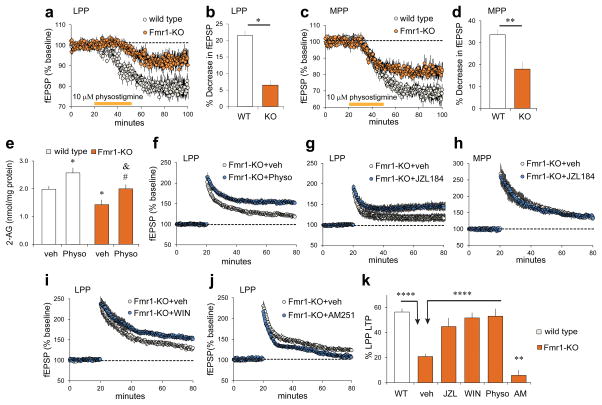Figure 4. Fmr1-KO 2-AG signaling is defective but its activation can rescue lppLTP.
(a–d) Physostigmine reduced fEPSPs in WT and, to lesser extent, Fmr1-KO LPP (a: p=0.012, t(10)=3.03; b: *p=0.02, t(10)=2.80; n=6 ea) and MPP (c: p=0.009, t(10)=3.26; d: **p=0.003, t(10)=3.96; n=6 ea). (e) Physostigmine (Physo; 2μM, 1h) increased 2-AG levels in WTs and KOs but did not eliminate effect of genotype (p=0.0002, F(3,38)=8.41; *p<0.05 vs WT+veh; #p<0.05 vs KO+veh; &p<0.05 vs WT+Physo; n=9 KO+veh, n=10 others). (f–j) Fmr1-KO slices were infused with compounds beginning 0.5 h before baseline recordings; high-frequency stimulation was applied at the 20 min mark. (f,g) Physostigmine (f) and JZL184 (g) increased lppLTP magnitude (f, p=0.02, t(19)=2.47, n=11 veh, n=10 Physo; g, p=0.008, t(24)=2.89, n=11 veh, n=15 JZL). (h) JZL184 did not influence MPP potentiation (p=0.25, t(12)=1.22, n=7 ea). (i) WIN55,212-2 (WIN, 5μM) increased Fmr1-KO lppLTP magnitude (p=0.002, t(18)=4.56, n=10 ea). (j) AM251 (5μM) eliminated the modest lppLTP in Fmr1-KOs (p=0.007, t(13)=3.23, n=8 veh, n=7 AM251). (k) Manipulations that increase 2-AG rescue Fmr1-KO lppLTP (p<0.0001, F(5,102)=22.19; ****p<0.0001; ##p<0.01 vs KO+veh). One way ANOVA with Newman-Keuls (e,k) and t-test (b,d).

